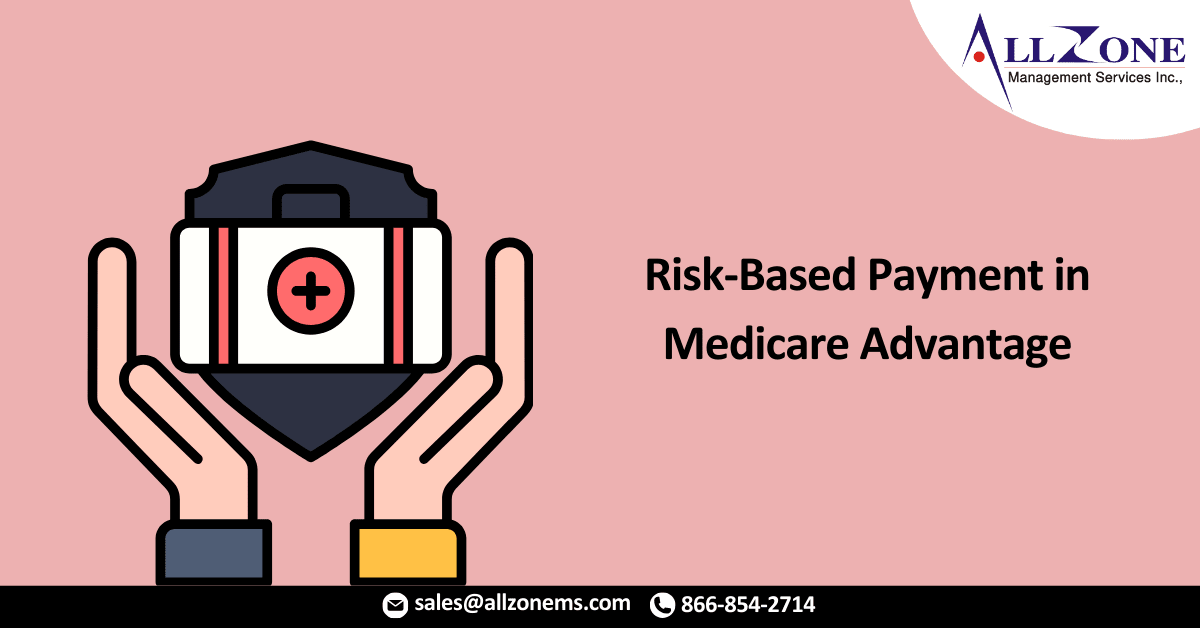Over half of health systems also said they plan to advance risk-based payments or some form of capitation in commercial lines of business.
The executive survey conducted by the Healthcare Financial Management Association (HFMA) for the Guidehouse Center for Health Insights found that nearly 60 precent of health systems are looking to advance into risk-based Medicare Advantage models in the next year. That is a 14 percent increase compared to a June 2019 Guidehouse/HFMA analysis, Guidehouse pointed out.
But Medicare Advantage isn’t the only line of business that will take on risk in 2022, according to the survey of over 100 CFOs and finance and managed care executives from provider organizations.
Survey respondents indicated that health systems will diversify their risk-based payment strategy across various business lines. For example, over half (52 percent) of executives plan to increase risk-based payment or capitation in their commercial lines of business, while 49 percent anticipate taking on more risk or capitation through Medicare alternative payment models.
About 36 percent of executives said risk-based payments will increase in managed Medicaid, 33 percent in direct-to-employer arrangements, and 12 percent said “other.”
“We’re seeing increased interest from providers to own the premium dollar through risk-based arrangements,” Richard Bajner, partner at Guidehouse, said in a press release. “On the other hand, large payers have been more aggressive in building and even investing directly in primary care assets to gain control over the flow of care and better manage services delivered to members, compounding the need for payers and providers to align closely on market strategies.”
“These moves have led health systems to gravitate toward programs more favorable for risk-based collaborations—or payvider models—such as Medicare Advantage, managed Medicaid, and self-insured models,” Bajner continued.
Payvider models include risk-based payment arrangement between payers and providers, as well as provider-sponsored health plans, direct employment of physicians by large payers, joint ventures, and payer partnerships with new entrants to the healthcare market, Guidehouse explains in a previous analysis.
That analysis, however, shows that not all markets are ripe for these types of models. What’s more, the recent survey found that strategic partnerships with payers—a key to payvider success—is a major challenge for health systems getting into payvider models.
Half of executives surveyed said forming strategic partnerships with payers is their top external challenge with pursuing payvider models or increased levels of risk, capitation, or joint venture arrangements. This challenge beat out local competition (21 percent), legal/trust issues with payers (10 percent), other (9 percent), new entrants/disruptors (6 percent), and price transparency compliance (4 percent).
About half of executives (52 percent) also said that vertically integrated health plans, like UnitedHealth Group, were also a major barrier to success with payvider models in their market.
Internally, health systems are struggling with data and technology for payvider success. In the survey, 36 percent of executives cited data and technology costs, integrity, reporting, and insights as their top internal challenge to pursuing payvider models or increasing risk, capitation, or joint venture arrangements.
Meanwhile, lack of collaborative payer/provider partners (23 percent), scale (13 percent), difficulty achieving quality or cost outcomes (10 percent), and leadership alignment or support (9 percent) were challenges to a lesser extent.
Data analytics capabilities are critical to the success of payvider models, says Bruce Muma, MD, CEO of Henry Ford Physician Network. Henry Ford has earned almost $4 million in shared savings and more than $20 million in savings through 2019 as a Next Generation ACO, Medicare’s most risk-heavy accountable care organization (ACO) model.
“I attribute our success to using leadership influence to support deployment and having a robust analytics capability that helps us deeply understand the problems we are trying to solve,” said Muma said at Guidehouse’s Fall 2021 Clinical Integration Summit in September.
Health systems are advancing their risk-based payment strategies alone, for the most part. About half (51 percent) of executives said their organization is building the capabilities for payvider success in-house, while 30 percent are partnering with a health plan, 21 percent are outsourcing capabilities, and 7 percent are sourcing capabilities from another health system.
“While traditional payer and provider relationships have taken a hit in this evolving market, the ones that we see working are payvider models that create value for both entities,” Travis Sherman, director at Guidehouse, said in the release.
“Industry disruption has created new opportunities for health systems to rethink the structure of their payer and provider partnerships, reassess their markets for new entrants with a willingness to innovate together, and readjust their network strategy to align with where their market is going.”
For More Information: Health systems set sights on risk based payment in medicare advantage

